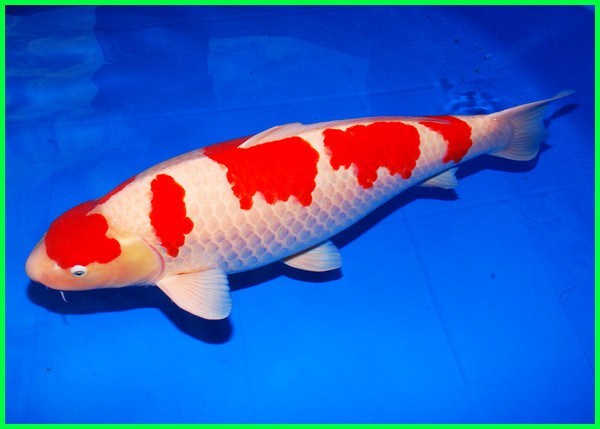This bacteria is very influential in freshwater fish farming and often causes disease outbreaks with high mortality rates (80-100%) in a short time (1-2 weeks). Motile Aeromonas Septicaemia (MAS) has also been reported to infect freshwater fish in the Banyumas region. Banyumas Animal Husbandry and Fisheries Agency (2005) reported that there were at least 72,000 freshwater fish, 52,100 carps and 19,900 African catfish, infected with Aeromonas hydrophyla in 2003 and 43,000 freshwater fish, 29,900 carp and 13,100 catfish in 2004.
The virulence level of A. hydrophila can kill fish depending on the toxin produced. The pathogenicity of A. hydrophila infection occurs because it is influenced by several virulence factors such as cytotoxin, protease, S-layers, and Aerolysin. Aerolysin (aerA) has been defined as one of the virulence markers to identify the pathogenicity of the Aeromonas strain. This study aims to determine the presence or absence of aerA genes in the isolate Aeromonas hydrophila bacteria originating from the Fish and Environmental Disease Examination Workshop, Serang Banten.
The method used in this study is an exploration method of Aeromonas hydrophila isolates obtained from fish and environmental disease examination sites, Serang Banten (Isolate SR) using biochemical tests, hemolysin activity tests on blood agar (BA) and determination of aerolysin genes. All three use the Polymerase Chain Reaction (PCR) technique. Electrophoresis results on SR isolates were compared with American Type Culture Collection (ATCC) isolates as positive controls.
This research begins with the morphological identification of Aeromonas hydrophila bacteria cultured on tryptic soy agar (TSA) and mac conkey agar (MCA) media. After the bacteria were grown on TSA and MCA, gram staining is done to see the morphology of the bacteria. After morphological identification of bacterial isolates, biochemical tests were carried out on isolates to determine the biochemical activity of bacteria. The tests included SC, O / F, TSIA, MIO, oxidase, sugars (glucose, lactose, maltose) and urea tests. Furthermore, the results of biochemical tests are compared with references to prove the isolates tested were Aeromonas hydrophila.
The positive results of Aeromonas hydrophila obtained from biochemical tests were followed by PCR testing to prove the presence of aerolysin genes in Aeromonas hydrophila. There was a positive control in the PCR test, ATCC isolates, and samples of SR isolates. PCR results from SR isolates showed that there was an aerolysin gene in these bacteria. The visible band formed at around 430 bp in the third well containing SR isolate samples. It shows that the isolates studied were SR isolates A. hydrophila species, which are virulent. A. hydrophila species have four virulent genes nuclease, aerolysin, serine, and protease. Based on the research, it can be concluded that SR isolates originating from Serang fish and environmental disease examination workshop contained virulent Aeromonas hydrophila.
Author: Rahayu Kusdarwati
The complete research results can be viewed in,
https://iopscience.iop.org/article/10.1088/1755-1315/236/1/012097/pdf
G Christy, R Kusdawarti, D Handijatno. 2019. Determination of Aerolysin Gene Aeromonas Hydrophila by Polymerase Chain Reaction (PCR) Technique. IOP Conference Series Earth and Environmental Science 236(1):012097





